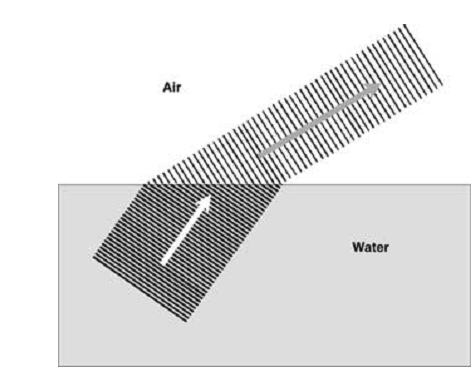Alternatives To The Corpuscular Theory:
Some of the Newton's colleagues considered that he painted an overly naive picture of the nature of light; therefore they set out to find alternative models. Christian Huygens, a Dutch physicist fond of optics, was one of the primaries to recommend that visible light is a wave disturbance, such as the ripples on a pond or the vibrations of a violin string. Nowadays, even laypeople speak of light waves as when the two words go altogether. To scientists in the 1600s, though, the connection was not apparent.
Huygens reserved at his research and showed that light waves interfere with each other in the similar way as waves on water and in the similar manner as waves from musical instruments. This demonstrates the ripples or concentric rings seen about images in high-powered optical instruments.
The bending of light rays at the surface of a pool or lake is steady with the wave theory. Whenever a light beam strikes the surface, the beam is bent at an angle (as shown in figure below). The level of the bending depends on the angle at which the wave fronts strike the surface. The Wave fronts parallel to the boundary are not bent. Wave-fronts striking the water surface at a large sufficient angle from inside the water do not pass via the surface boundary but are reflected rather.

Figure: Light waves change speed and wavelength whenever they strike a boundary among media having various indices of refraction.